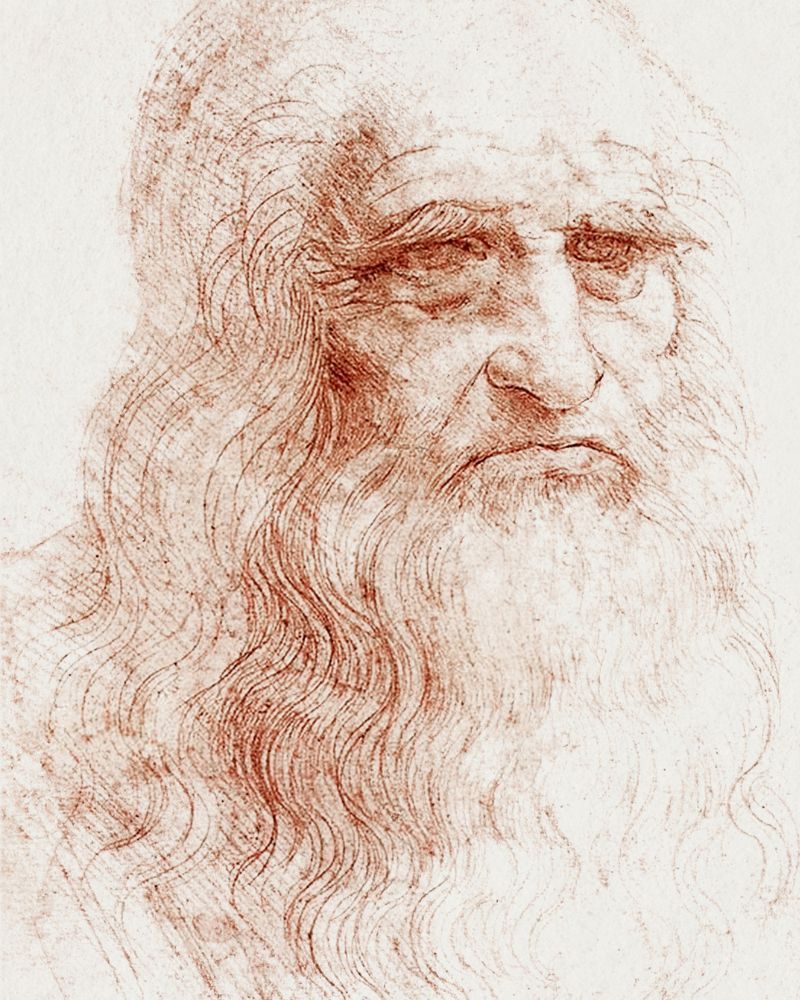The Da Vinci Code: A Thriller That Redefined Mystery Fiction

Dan Brown’s The Da Vinci Code is one of the most successful and controversial novels of the 21st century. Published in 2003, this fast-paced thriller blends art, history, and religion with an intricate mystery that has captivated millions of readers worldwide. With its gripping storyline and thought-provoking themes, the novel has sparked debates, inspired movies, and left an undeniable mark on popular culture.
A Story of Secrets and Symbols
The novel follows Robert Langdon, a Harvard professor of symbology, who is drawn into a high-stakes mystery when the curator of the Louvre Museum is murdered. Before dying, the curator leaves behind cryptic clues related to Leonardo da Vinci’s artwork, leading Langdon and cryptologist Sophie Neveu on a quest to uncover a secret hidden for centuries.
Their journey takes them through iconic locations in Paris and London, including the Louvre, Saint-Sulpice Church, and Westminster Abbey. Along the way, they decipher ancient symbols, solve complex riddles, and uncover shocking truths about history and religion. At the heart of the mystery is the search for the Holy Grail, which Brown reimagines in a way that challenges traditional beliefs and fuels endless speculation.
Fact, Fiction, and Controversy
One of the most compelling aspects of The Da Vinci Code is its blending of historical facts with fiction. Brown presents theories about secret societies like the Priory of Sion and Opus Dei, along with alternative interpretations of Christian history, particularly regarding Jesus Christ and Mary Magdalene.
These ideas have sparked intense debate, with historians and religious scholars questioning the accuracy of Brown’s claims. The Catholic Church, in particular, criticized the book for misrepresenting historical and theological truths. Despite—or perhaps because of—this controversy, The Da Vinci Code became a global phenomenon, selling over 80 million copies and being translated into multiple languages.
The Impact of The Da Vinci Code
The novel’s success went beyond the literary world. In 2006, it was adapted into a blockbuster film starring Tom Hanks as Robert Langdon and directed by Ron Howard. While the movie received mixed reviews, it brought the story to an even wider audience.
Additionally, The Da Vinci Code revitalized interest in art, history, and secret societies. Many readers became fascinated with Leonardo da Vinci’s works, particularly The Last Supper and the Mona Lisa, looking for hidden meanings within them. Tourism to the locations featured in the book surged, as fans sought to retrace Langdon’s steps in real life.
Why The Da Vinci Code Remains Popular
Even after two decades, The Da Vinci Code continues to captivate readers. Its blend of intellectual puzzles, historical intrigue, and thrilling action makes it an irresistible read. Brown’s writing style, with short chapters and constant cliffhangers, keeps the suspense high, making it hard to put the book down.
Moreover, the themes explored in the novel—faith, knowledge, and the power of hidden truths—remain relevant. Whether readers take the book’s theories as fact or fiction, they are drawn to the idea that history might hold secrets yet to be uncovered.
The Da Vinci Code is more than just a novel; it is a cultural phenomenon that has influenced literature, film, and popular discussions on history and religion. While it may not be historically accurate in every detail, it succeeds in what all great books aim to do—entertain, provoke thought, and spark conversation. Whether you read it for the thrill, the mystery, or the controversial ideas, The Da Vinci Code remains one of the most compelling books of modern times.